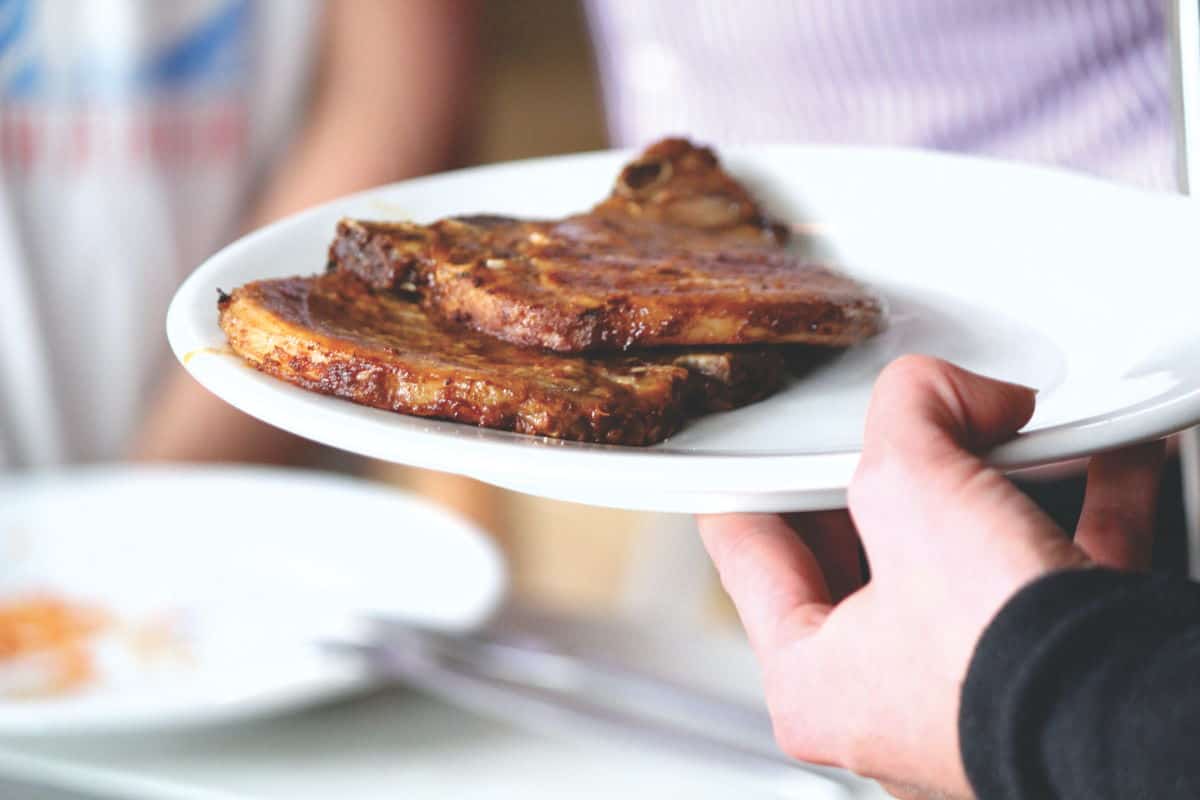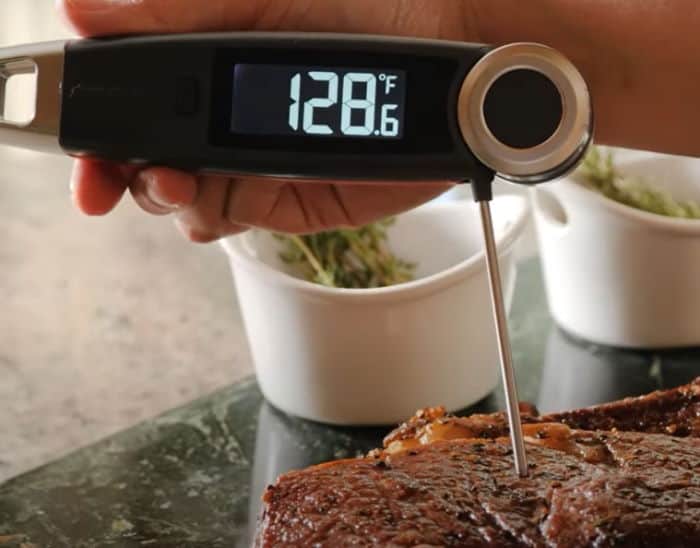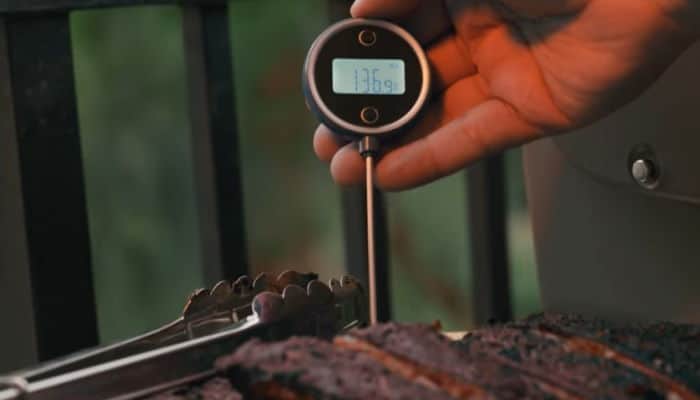
Correct Pork Cooking Times and Temperatures
Pork is one of the most beloved types of meat cooked around the world. However, its familiarity can cause many home cooks to take it for granted. Therefore, you could easily end up with meat that is overdone and tough, or you could undercook it to the point that it is not safe to eat. It is important to have a quick refresher on the ideal pork temperature chart to ensure that you get the right temperature and cooking time on this meat, especially based on the cut. Using this approach will ensure that you can get the cook right every time.
Table of Contents
Overview of Pork Internal Cooking Temperature and Times
The ideal internal cooking temperature for pork is 145 degrees F (63 degrees C). This is the recommended guideline for any cut of pork if you want to make sure that the meat is safe to eat. Make sure to give it a 3-minute rest time before you cut the meat and serve it.
You want to make sure that you achieve the recommended internal cooking temperature on the pork meat so it stays juicy and tender when you cut it. You must get the temperature right when cooking with lean pork. This type of meat is easy to overcook and when it does, you won’t enjoy eating it.
The internal temperature of 145 degrees F (63 degrees C) ensures that the pork is safe to eat and it is not overcooked, particularly when you are working with a fresh cut. Some examples of fresh-cut pork meats are pork loin, pork chop, tenderloin, and pork roast. The above temperature will ensure that you can get the best flavor out of the meat during the cooking process. On the other hand, ground pork will require a higher cooking temperature of 160 degrees F (71 degrees C).
Make sure to strive for the recommended temperature as closely as you can to ensure a safe eating experience. It is also vital in preserving the juiciness and flavor of the meat. If you cook pork for too long, the flavors will drain off and it will no longer stay moist.

Pork Temperature Chart by Cut
Safety is the main focus for making sure that you meet the internal cooking temperature for pork. Another important factor is the taste and tenderness of the meat. To help you determine the ideal cooking temperature and time with pork, it is important to understand the difference in the composition of the different cuts of pork. Even if it’s the same meat source, the method of cooking, the length of time it takes to cook them, and the internal temperature vary significantly.
There are two general types of cut of pork: tender cuts and tough cuts.
Tough cuts off pork include pork ribs and shoulders. This type of cut must be cooked slowly on a low heat. Taking your time when cooking touch pork cuts will allow the breakdown of the collagen in the meat until it becomes tender. To help the collagen break down into gelatin, you have to maintain a temperature of 160 F (71 C) for a long time. The liquefied gelatin helps the meat to become succulent once cooked.
Aside from cooking the tough cuts over an extended time, it is also best that you use a low to medium heat. There is a risk of losing moisture when you cook tough pork cuts for a long time, which is why you have to cook it in some type of liquid.
The tender cuts of pork include tenderloins and pork chops. Unlike tough cuts, these can be cooked at a higher temperature within a short time. There are fewer muscles on this type of cut, so they do not take long to become tender when cooked. If you cook them for too long, the meat could dry out and become chewy. Cook this pork cut over a high heat for a short period of time or until the meat reaches an internal temperature of 145 F (63 C).
You can cook pork chop or tenderloin in a cast iron skillet to give it a nice sear before transferring it into an oven to cook. Once the meat registers an internal temp of 145 F (63 C), you can take it off the heat and leave it to rest. The high-temperature cooking means that the entire cooking process can take less than an hour or so. This approach ensures that you don’t lose a lot of moisture and that the muscles do not firm up to make the meat tough.
Pork Temperature Chart by Doneness
Use this pork temperature chart to determine the ideal internal cooking temperature for your desired level of doneness.
| Doneness | Internal Temperature |
|---|---|
| Medium Rare | 145-150 F (63-66 C) |
| Medium | 150-155 F (66-68 C) |
| Medium Well | 155-160 F (68-71 C) |
| Well Done | 160 F (71C) |

Tips for Using Meat Thermometer When Cooking Pork
Using a meat thermometer is the best way to check the internal cooking temperature of pork. The method for using it will depend on the type of thermometer used: digital or analog. A digital thermometer will give you a more accurate result.
Make sure to insert the thermometer probe into the thickest part of the meat. Keep it away from the bone for an accurate reading. If the thickness of the cut is less than ¾ of an inch, you can insert the probe through the side.
Test the meat for its internal temp while in the heat source or right after you remove it. Once the pork is at the ideal cooking temperature, you can let it rest for 3 minutes before slicing so it can reabsorb the juice.
The Bottom Line
It’s important to understand the science behind cooking pork, as well as other types of meat. The more you understand how cooking times and temperatures can alter the quality of the meat, the more you will be able to get it right and achieve the best cook possible. Take note of the pork temperature chart and cooking time recommendations provided here to ensure that you enjoy the most succulent pork meat every single time.
Discover Other ChefsTemp Products
Discover more recipes and learn kitchen tricks by joining our cooking family on Facebook.
You may also like:















